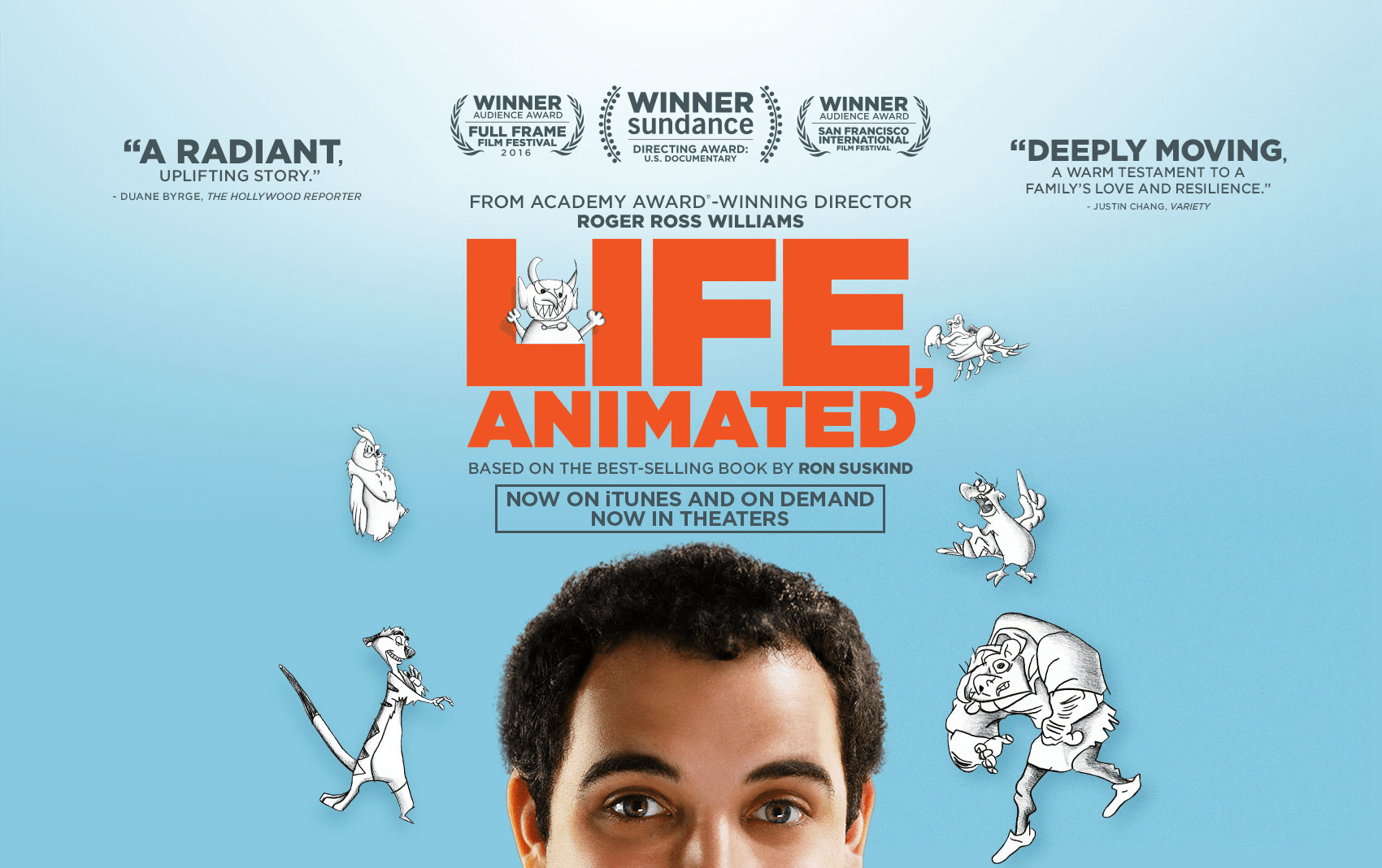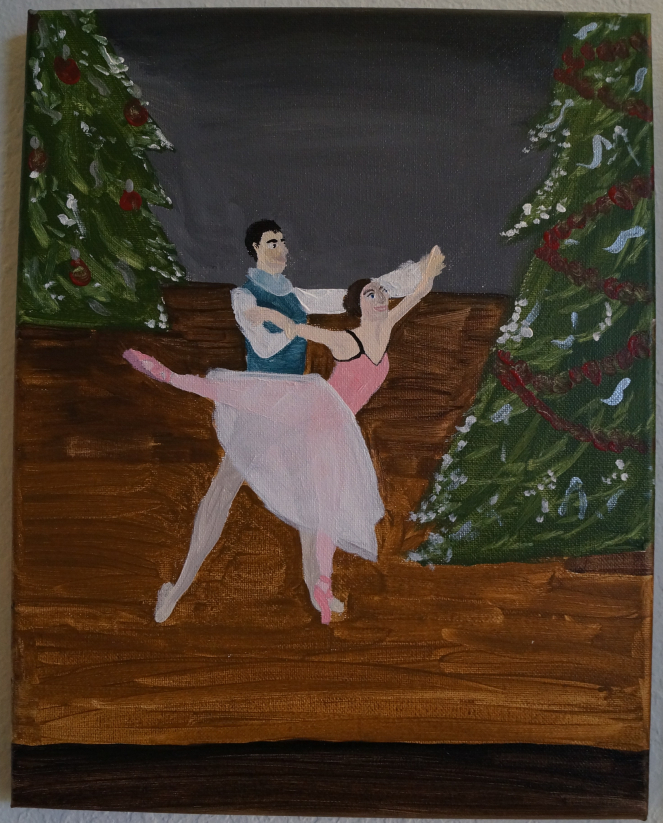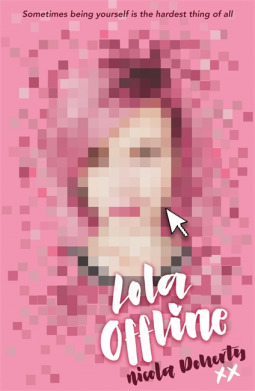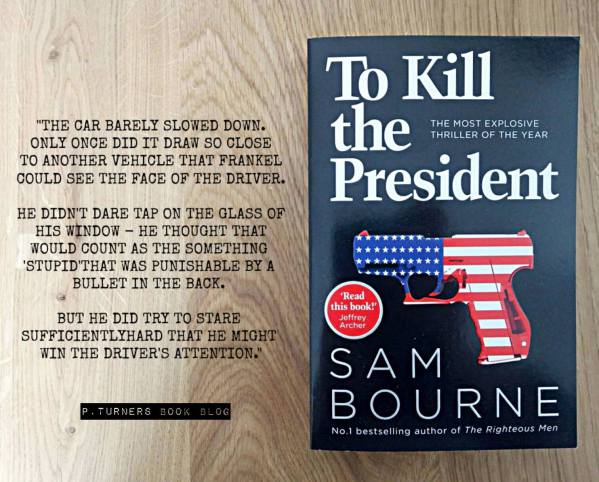Download links for: Words for Pictures: The Art and Business of Writing Comics and Graphic Novels


Reviews (see all)
Write review
Great book if you're at all interested in making comics. Definitely only the first of many reads.
The chapter in which Bendis interviews the Editors alone is worth the cover price.
I found this book very inspiring.
Other books by Graphic Novels & Comics
Other books by Brian Michael Bendis
Related articles













